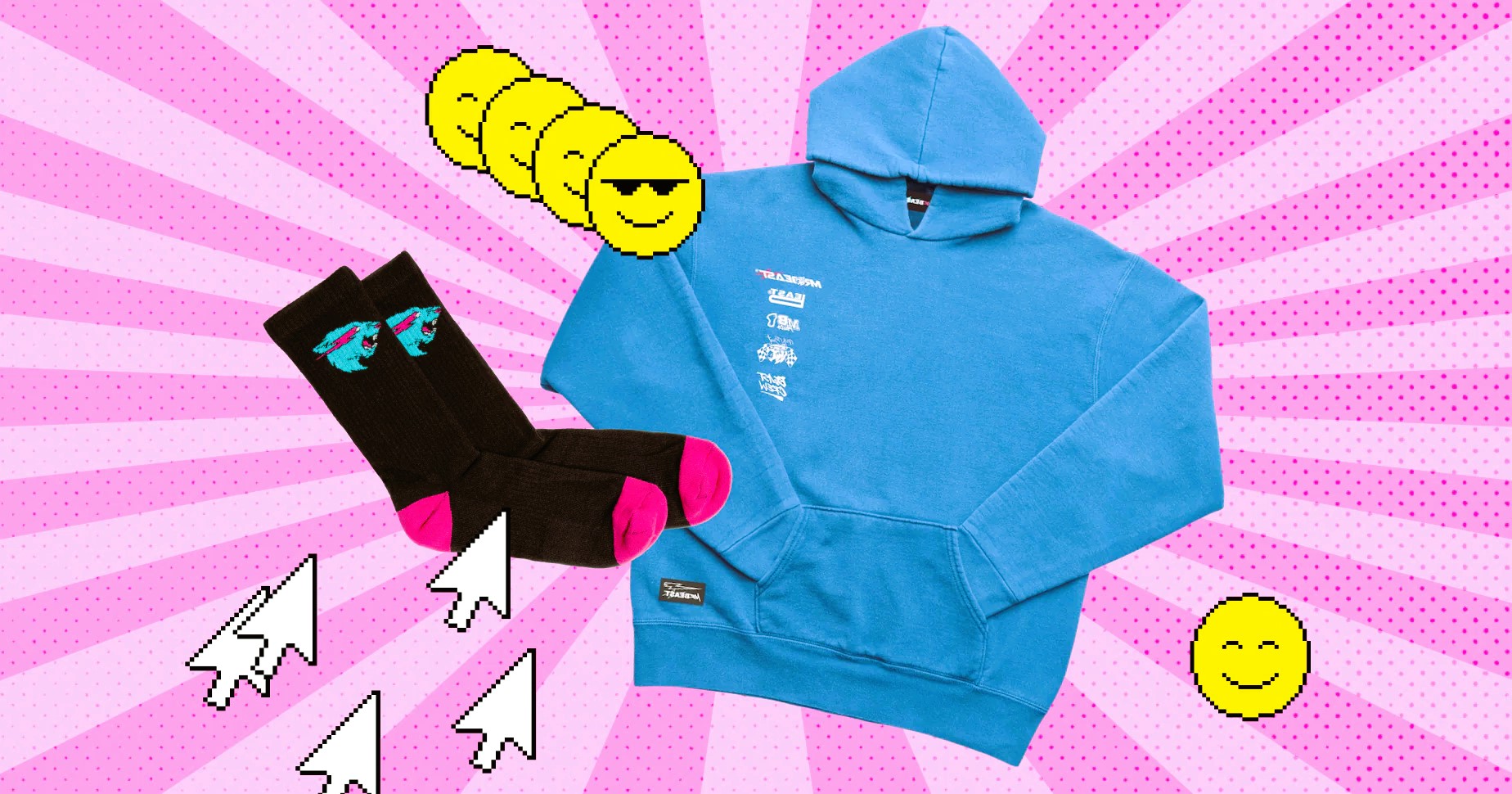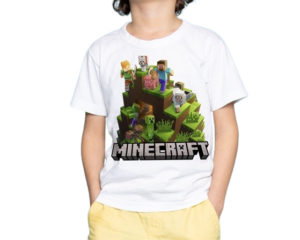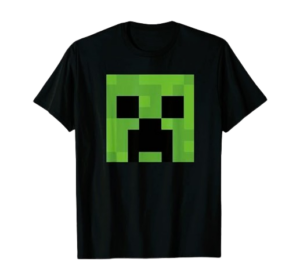In the digital age, the ability to create and sell your own merchandise online has become more accessible than ever. Whether you’re an artist, a content creator, or an entrepreneur, the world of merchandising offers a creative outlet and a potential revenue stream. This comprehensive guide will walk you through the process of creating your own merch and establishing an online presence for successful sales.
1. Define Your Brand and Audience:
Before diving into the logistics of merchandise creation, it’s crucial to define your brand and identify your target audience. What message or aesthetic do you want your merchandise to convey? Understanding your brand’s identity will guide your design choices and help you connect with the right audience.
2. Designing Your Merchandise:

The design of your merchandise plays a pivotal role in its success. Whether it’s graphic tees, custom artwork, or unique accessories, your designs should resonate with your audience. Consider the following tips:
- Unique and Recognizable Designs:
- Create designs that are unique to your brand and easily recognizable. Whether it’s a distinctive logo or a specific art style, your audience should be able to associate the merchandise with your brand.
- Quality is Key:
- Invest time in creating high-quality designs. Whether you’re an artist or collaborating with one, ensure that the graphics are clear, and the overall design is visually appealing.
- Versatility:
- Consider offering a variety of products, from clothing items to accessories. This allows you to cater to a broader audience with different preferences.
3. Choosing Merchandise Platforms:
To bring your creations to the market, you’ll need to select the right platforms for selling your merchandise. Several online platforms cater specifically to creators and entrepreneurs looking to sell custom products:
- Print-on-Demand Services:
- Platforms like Printful, Printify, and Teespring allow you to create custom designs that are printed on demand. This means you don’t need to invest in inventory upfront, and products are produced as orders come in. Read about the Minecraft phenomenon in design in our article.
- E-commerce Platforms:
- Establishing your own online store through platforms like Shopify, Etsy, or WooCommerce provides more control over your brand and sales. These platforms offer customizable storefronts and a range of tools for managing transactions.
4. Setting Up Your Online Store:
Once you’ve chosen a platform, it’s time to set up your online store. This involves creating product listings, organizing your store layout, and setting pricing. Consider the following aspects:
- Clear Product Descriptions:
- Provide detailed and engaging product descriptions. Highlight key features, materials, and sizing information to help potential buyers make informed decisions.
- High-Quality Imagery:
- Include high-resolution images of your merchandise from different angles. Clear visuals help customers visualize the product and make them more likely to make a purchase.
- Payment and Shipping Policies:
- Clearly communicate your payment and shipping policies. Include information on accepted payment methods, shipping times, and any additional fees.
5. Marketing Your Merchandise:
Building awareness and driving traffic to your online store is essential for success. Here are some effective marketing strategies:
- Social Media Promotion:
- Leverage social media platforms to showcase your merchandise. Share engaging content, behind-the-scenes glimpses, and customer testimonials. Platforms like Instagram and Twitter are particularly effective for visual content.
- Collaborations and Partnerships:
- Collaborate with other creators, influencers, or brands to expand your reach. Partnerships can introduce your merchandise to new audiences and enhance your credibility.
- Email Marketing:
- Build an email list and utilize email marketing campaigns to keep your audience informed about new product releases, promotions, and updates.
6. Handling Customer Service:

Providing excellent customer service is crucial for building trust and encouraging repeat business. Be responsive to customer inquiries, address concerns promptly, and ensure a smooth purchasing experience.
7. Analyzing and Adapting:
Regularly analyze the performance of your merchandise and adjust your strategies accordingly. Monitor sales data, customer feedback, and website analytics to identify trends and areas for improvement.
Where to Learn More:
For more in-depth information and insights into creating and selling merchandise online, consult reputable sources like IGN. These platforms offer a wealth of information, user-generated content, and community discussions that can provide valuable guidance in the world of online merchandising.
Creating and selling your own merchandise online is a rewarding venture that allows you to showcase your creativity and connect with a global audience. By carefully planning your brand, designing appealing merchandise, choosing the right platforms, and implementing effective marketing strategies, you can turn your passion into a thriving online business. Keep learning, stay adaptable, and enjoy the journey of building your own merch empire in the digital landscape.




